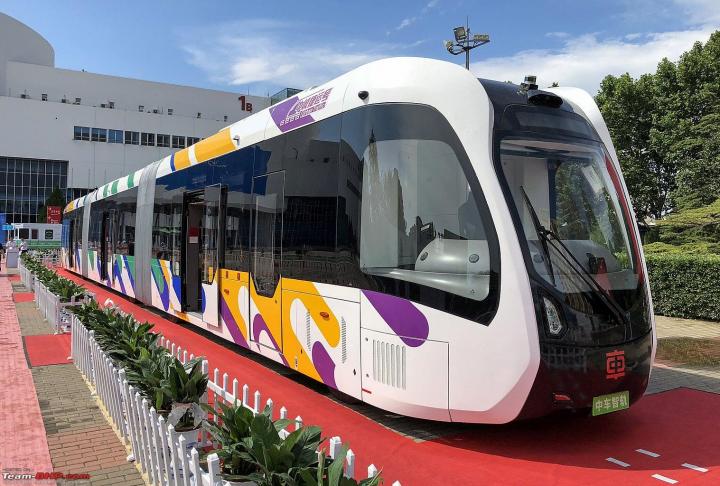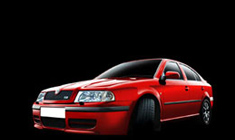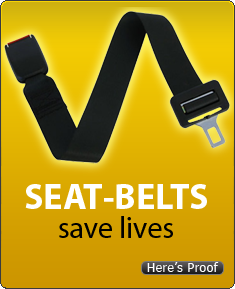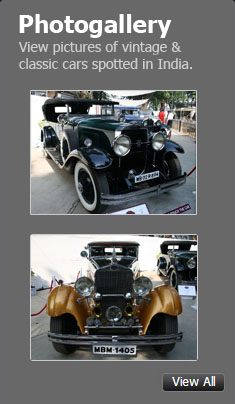News
Trackless Trams: What are they & would they work in Indian cities?
34% of India's population lives in urban areas and that number is growing at 2.4% per year and is expected to reach 50% before 2040. Cars are simply not the solution.
BHPian V.Narayan recently shared this with other enthusiasts.
Autonomous Rail Rapid Transit (ART) is a LiDAR-guided articulated bus system for urban passenger transport. Developed by CRRC Zhuzhou Institute Co Ltd, China it was unveiled in Zhuzhou in Hunan province in June 2017 and is operational at 5 lines in China totalling 46 km. LiDAR stands for light detection and ranging a sort of cross between a laser and a radar. the device is used to 'see' and 'follow' the virtual track painted on the road.
The product has been described as a crossover between a bus and a tram and is commonly called a "trackless tram". Its external appearance, composed of individual, fixed sections joined by articulated gangways, resembles a rubber-tyred tram, although it combines the flexibility of a multi-articulated bus with the capacity of light rail. Although the system is labelled as "autonomous" in English, all the models produced so far feature a driving position with a steering wheel and all the systems in operation have a driver.
The ART is equipped with various optical and other sensors to allow the vehicle to automatically follow a route defined by a virtual track of markings on the roadway that look like a road divider painted on the road. This is a virtual track without the disruption of laying a real steel track. It also has the flexibility of building new tracks by simply painting them or similarly removing old ones. A steering wheel also allows the driver to manually guide the vehicle, including around detours. A Lane Departure Warning System helps to keep the vehicle in its lane and automatically warns if it drifts away from the lane. A Collision Warning System supports the driver in keeping a safe distance from other vehicles on the road and if the proximity reduces below a given level, it alerts the driver by a warning sign. The Route Change Authorization is a navigation device, which analyzes the traffic conditions on the chosen route and can recommend a detour to avoid traffic congestion. The Electronic Rearview Mirrors work with remotely adjustable cameras and provide a clearer view than conventional mirrors including an auto-dimming device to reduce the glare.
Trackless Trams - like ART – could offer a solution to replace both light-rail and bus rapid transit due to their ability to mimic the best qualities of each (low cost and ease of installation of bus, low emission and high capacity of light rail) while avoiding their respective defects (pollution and noise of buses, high installation costs and disruption during construction of light-rail). Despite these apparent advantages, as of July 2021, there are only a limited number of planned systems.
Having no permanent track enables flexible operations according to traffic conditions, e.g. by suggesting detours in the case of road traffic accidents or ongoing construction work. The vehicle-based system interacts with an intelligent signal communication feature enabling priority pass at traffic lights. The railless system provides low construction and maintenance costs because there are no railway tracks to maintain. Using quick charge batteries reduces the need for overhead lines en route between the stations and produces no exhaust gases within urban areas. Specifications are in the box below.
One cannot help but be impressed by the technology integration this represents and the innovation of the Chinese. when I observe the colossal traffic disruption for years on end in Bangalore and Mumbai caused by the metro project I wonder if at least in part this is a better solution.
Specifications
- Train length: 3 carriages: 32 m
- Width :2.65 m
- Maximum speed: 70 km/h
- Power supply: Lithium–titanate batteries
- Wheels: Rubber wheels on a plastic core
- Multi-axle steering system
- Minimum turning radius: 15 m
- Passengers: 170-300 in 3 carriages
- 278-500 in 5 carriages
- Max. distance at a full charge: 40 km
- Charging time: 30 sec for 3 to 5 km or 10 min for 25 km
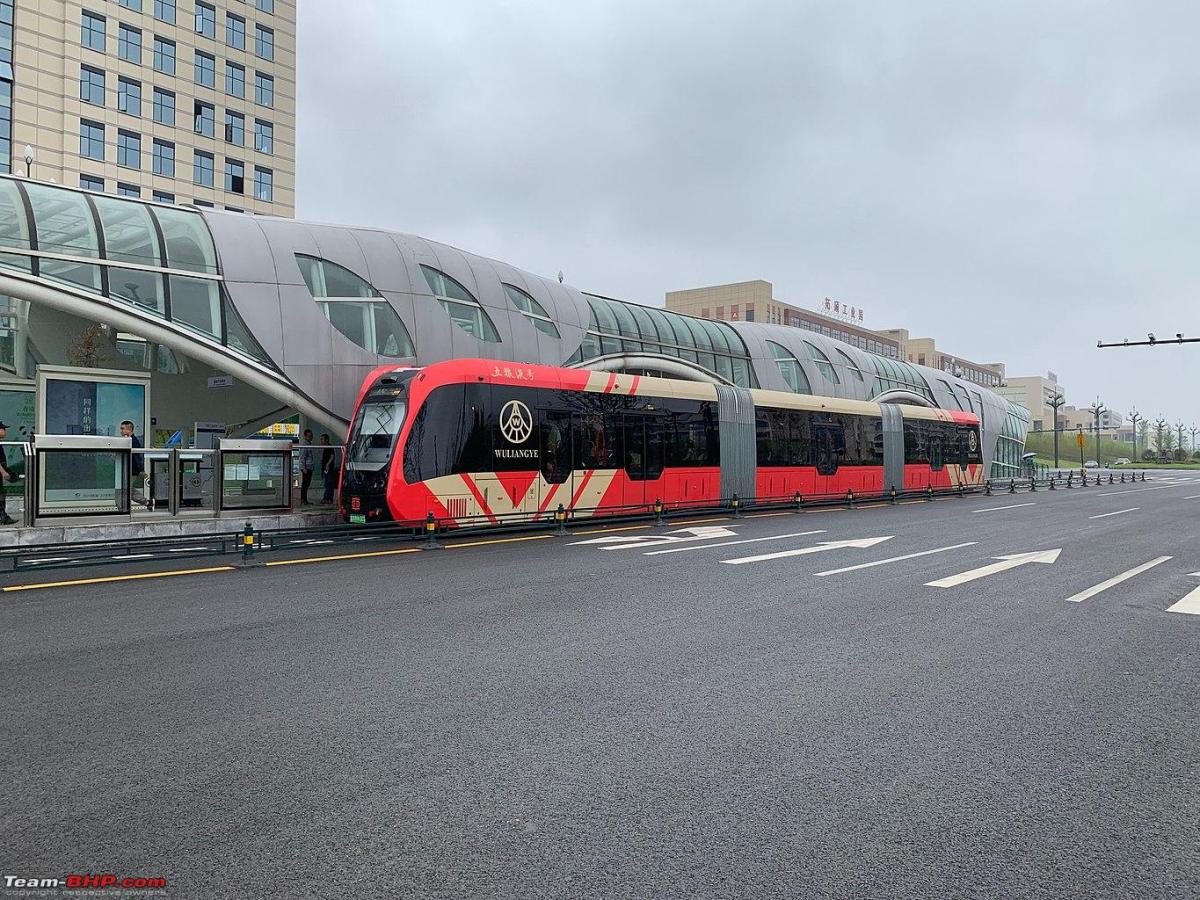
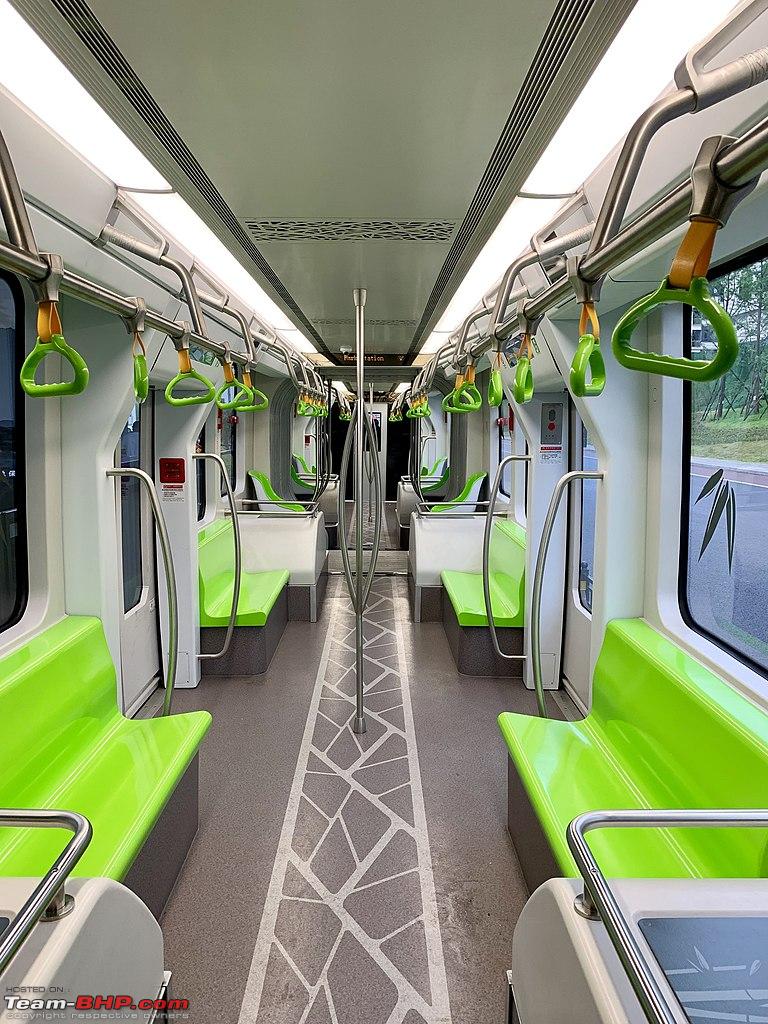

A ~1-minute video to explain the concept.
The double broken orange lines are the track. It is an investment in mass rapid transit, by whatever means, that our cities need. There is no one solution only a bouquet of solutions complementing each other can deliver. 34% of India's population lives in urban areas and that number is growing at 2.4% per year and is expected to reach 50% before 2040. Cars are simply not the solution.
Here's what BHPian One had to say on the matter:
This looks good indeed and is assuming not very difficult to implement in terms of either sticking to the "tracks" or even if needed, a level of autonomy.
Not sure if this would work in Bombay:
- The road surface area is restricted (in that sense, Metros are at least above or below existing roads)
- Very few parts of Bombay have the width to accommodate larger vehicles with a large turning radius. I remember these buses tried by BEST which were essential twice the length of a regular bus and connected the two coaches by a vestibule. Not sure why that didn't work but do remember it was a task to navigate it on even the major roads here.
- These would have to essentially ply on the larger roads i.e. Eastern and Western highways which anyways have parallel train tracks running (and soon parallel Metro tracks). Replacing existing BEST buses might be an option, though the buses do have the advantage of acting in feeder routes as well
- Perhaps a hybrid approach of guided tracks and buses instead of larger vehicles might be apt in Bombay (wonder if retrofitting would also be an option)
Overall, looks like a great solution medium-term using existing tech and will have excellent use cases.
Here's what BHPian shancz had to say on the matter:
Fabulous concept, very impressive.
I cannot comprehend how such a simple but brilliant idea never occurred to us. Kudos to the Chinese
Logically similar to the autonomous room cleaners but technology might be different.
Absolutely, a lifesaver and IMO economical too.
The biggest issue in our case would be our unruly traffic and keeping them in check.
This isn't a big issue for the Chinese though given their monitoring and enforcement.
Although keeping metro tracks away from our traffic mess gives it a guaranteed time of operation.
But this can be a highly popular and efficient city tram.
Even after all things are considered, it's a must-have on our roads. The ease of integration and flexibility makes it suitable for any city of any size.
Side benefits include better road maintenance and markings in its areas of operation.
Here's what BHPian charanreddy had to say on the matter:
LiDAR systems have been in use for ages, especially in an industrial settings where materials need to be transported. I remember reading about them in research papers while working on my own master's thesis (back in 2006 - 2007). These systems make a lot of sense in 'controlled' environments or in places where there is a lot of road real-estate and where you can afford dedicated lanes for transport.
In India, especially in overcrowded cities, I feel the regular metro/trams are better due to the following reasons.
- Dedicated track, potentially leading to lesser infringement from other road transport like cars, busses etc. (Metro is way better Vs trams here). This will cut down the travel time by a big margin. For those in Bengaluru, think Whitefield to Banashankari in less than 1 Hr. Not possible on road.
- Dedicated track means electrification of the route and less downtime for charging. Useful especially in high traffic/frequency routes.
- The automation part of it gets lost in a country like India. Too many unknowns and situations that can't be predicted. What happens when an auto-rickshaw gets into a dedicated bus lane and does not move. or what happens when a bike rider comes in the opposite direction? or the most stereotypical is what happens when a cow sits in the lane and does not move (Don't throw brickbats at me for this..)
- This solution is most suited to countries like the USA, and China (?) which do not have a good public transport system and could benefit from additional routes without the additional expense of manning the transport and where the people largely follow traffic rules.
Check out BHPian comments for more insights and information.



